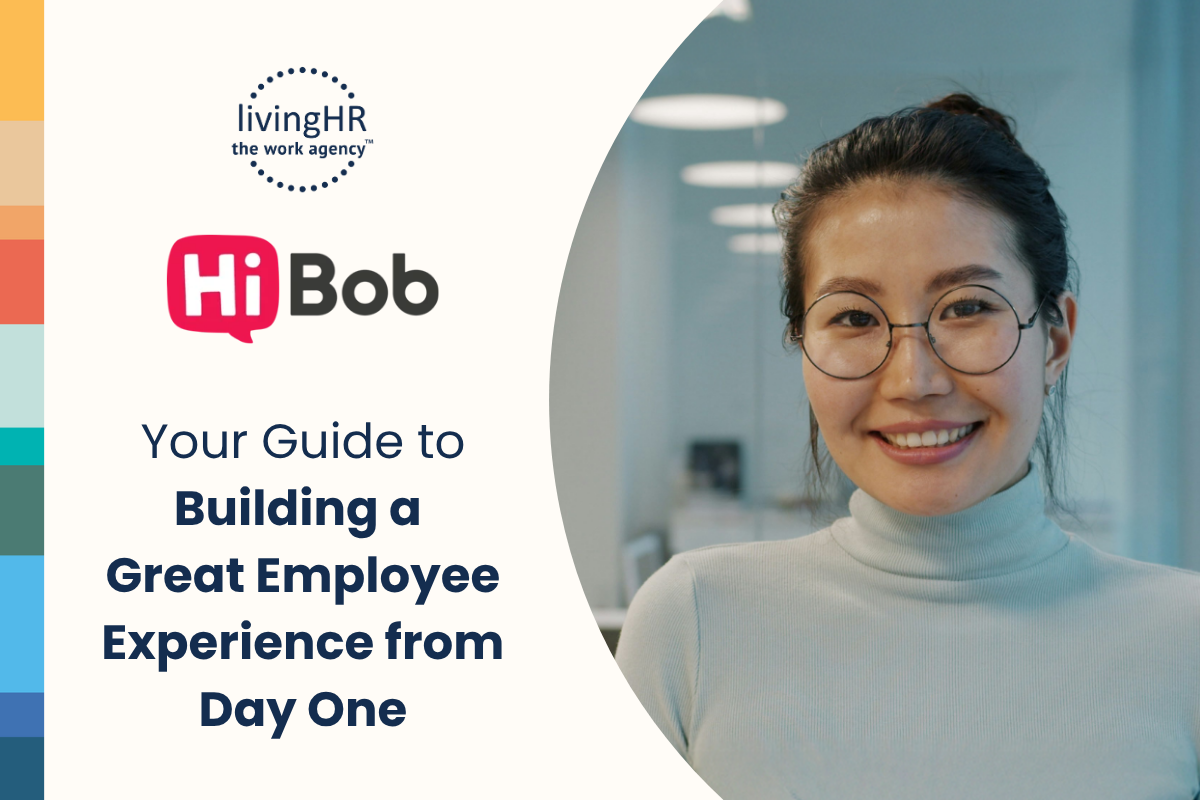Developing personalized employee experience strategies goes a long way to show your employees that you care about their experience from hiring to retirement or re-engagement and everything in between. It will contribute to employees’ engagement and motivation and serve a role in cultivating a humanized workplace.
What is an employee experience strategy?
An employee experience strategy defines how the company wants employees to interact with each other and the type of experience they want to create for their teams. Think of it as a blueprint for success. An employee experience strategy outlines the goals and actions to help your organization stand out as a preferred employer regardless of your sector. Employee experiences have become increasingly important to employees in the workforce and companies' abilities to differentiate themselves from their competitors today.
Focus on personalization
Like your sales team works to nurture qualified leads through closing a sale, your human resources department needs to do the same with each employee, focusing on their specific wants, needs, and goals. Everyone is different, so while you can have a structured approach to developing your employee experience strategy, you’ll want to take the time to provide people with an opportunity to communicate about their experiences throughout their time with your organization. Be sure to incorporate onboarding surveys, and periodic check-ins, especially before, during, and after any major organizational change.
People’s experiences are tied directly to what is going on with the company, and subsequently, their performance is affected, either positively or negatively. This is important to understand for each person to help identify when a specific employee may be negatively triggered or impacted by an event and proactively address their particular issues before it negatively impacts the rest of the team or larger organization.
Identify moments that matter (by actively listening to your employees)
The most valuable moments in the employees' lives should be understood throughout this journey. While some individuals focus on salary, others may concentrate on career advancement. Innovative companies seek inspiration and take their employees' opinions seriously. Companies use a variety of approaches to gather feedback from their employees on performance management, employee design, and benefits learning and training. Some approaches are focus groups, employee surveys, or even an event like a hackathon to engage the team and have fun while obtaining their valuable feedback. Regardless of the approach, asking employees for feedback gathers insights to create the "perfect" employee experience.
Define employee personas
As the marketing team needs to define the buyer persona, employers must define and understand their employee personas. The workforce today reflects the diverse nature of the population, which means a mixture of cultures and values that may require different employee experience strategies for success.
To define employee personalities, you should engage with employees from different divisions of your organization. You’ll also want to identify the various age groups, represented ethnic or minority groups, national or even regional cultures, and levels of authority within the organization. Consider asking people what motivates them at work and look for overarching patterns. Be sure that each one of your employee personas has a clear motivator that your HR team can use when developing incentive or training programs.
Assess your current people management strategy (with a little help!)
Consider how your organization is currently helping employees through their employment journey. Are you asking the right questions and really listening to how people feel? You may want to consider having a professional HR consultant take your company’s temperature to provide some objective feedback.
Employees are more likely to open up when surveys are anonymous, and they know that the data will be crunched for analysis before it is presented to the leadership. The important thing is getting real feedback to see how your employees feel now and what they would like to see in a planned employee experience strategy.
Working with a team that has a comprehensive diagnostic tool for your organization’s culture is a great way to set the goalposts for each of your employees’ experience strategies.
Interested in learning more ways to enhance the employee experience?


.png)



